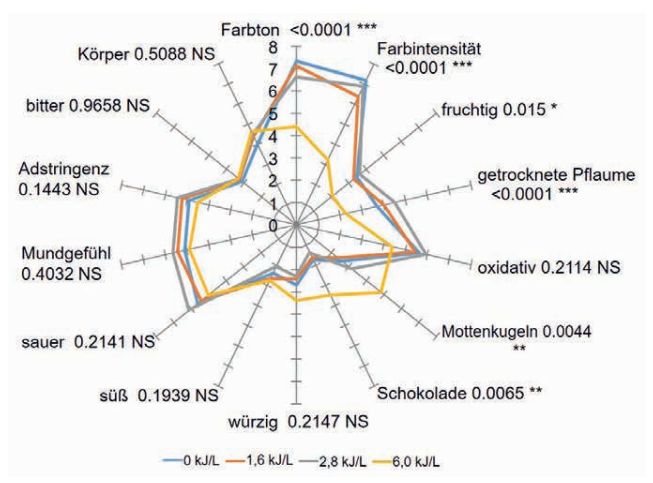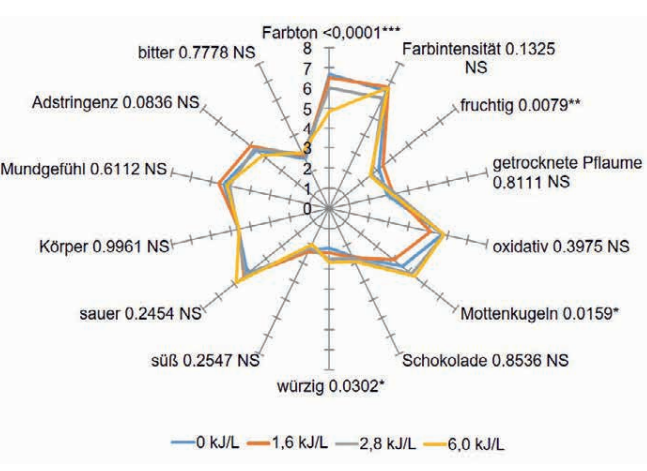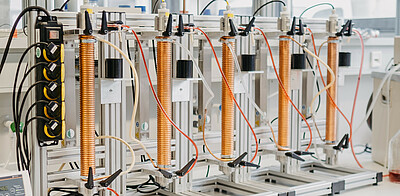UV-C treatment to stabilize wine
The active principle of germ inactivation by UV-C is generally known and is used commercially in Germany, for example in the field of drinking water and air treatment. In this process, UV-C light reacts photochemically with the DNA of microorganisms, which leads directly to the inhibition of their ability to replicate.
The suitability of UV-C treatment for inactivating microorganisms in wine is being investigated as part of a research project by the Research Association of the Food Industry (FEI). In addition to the microbiological suitability of the process, the influence of UV-C light on the chemical and sensory properties of the wine is being investigated in particular. The project is being carried out in cooperation with the Max Rubner Institute (MRI) in Karlsruhe.
UV-C light can trigger light-induced reactions in wine. For this reason, one of the most important objectives is to investigate what chemical and sensory changes this method causes and at what UV-C dose these changes become relevant. To date, two red wines (Pinot Noir and Cabernet Sauvignon) have been treated with a UV-C system and analyzed from a sensory point of view. The wines were subjected to a descriptive analysis. The UV-C doses of 1.6 kJ/L and 2.8 kJ/L proved to be inactivation-relevant doses for red wines with low and high absorptions at 254 nm from the previous studies. The dose of 6 kJ/L corresponded to a multiple of the dose of UV-C light required to inactivate the harmful organisms.
Figures 1 (Pinot Noir) and 2 (Cabernet Sauvignon) illustrate that UV-C treatment in the inactivation-relevant range has no influence on the sensory properties of the wines. With multiple doses, there is a change in color and altered odor attributes. In particular, an increase in the attribute "mothball" can be observed at a UV-C dose of 6 kJ/L, which indicates the formation of 2-aminoacetophenone. The formation of this off-flavor, which is associated with the so-called "atypical aging aroma (UTA)", is accompanied by a significant decrease in the odor attributes "fruity" and "dried plum". Interestingly, this effect is much more pronounced for Pinot Noir (Fig. 1) than for Cabernet Sauvignon (Fig. 2).

In the further course of the project, other red and white wines with different polyphenol contents will be examined for possible chemical and sensory changes as a result of UV-C treatment. Among other things, the potential storage stability of the UV-C-treated wines will also be analyzed. The aim is to determine the relevant treatment dose that leads to the stabilization of wines, but which has neither short-term nor long-term effects on the chemical and sensory properties of the wines.



Svetlana Cvetkova

